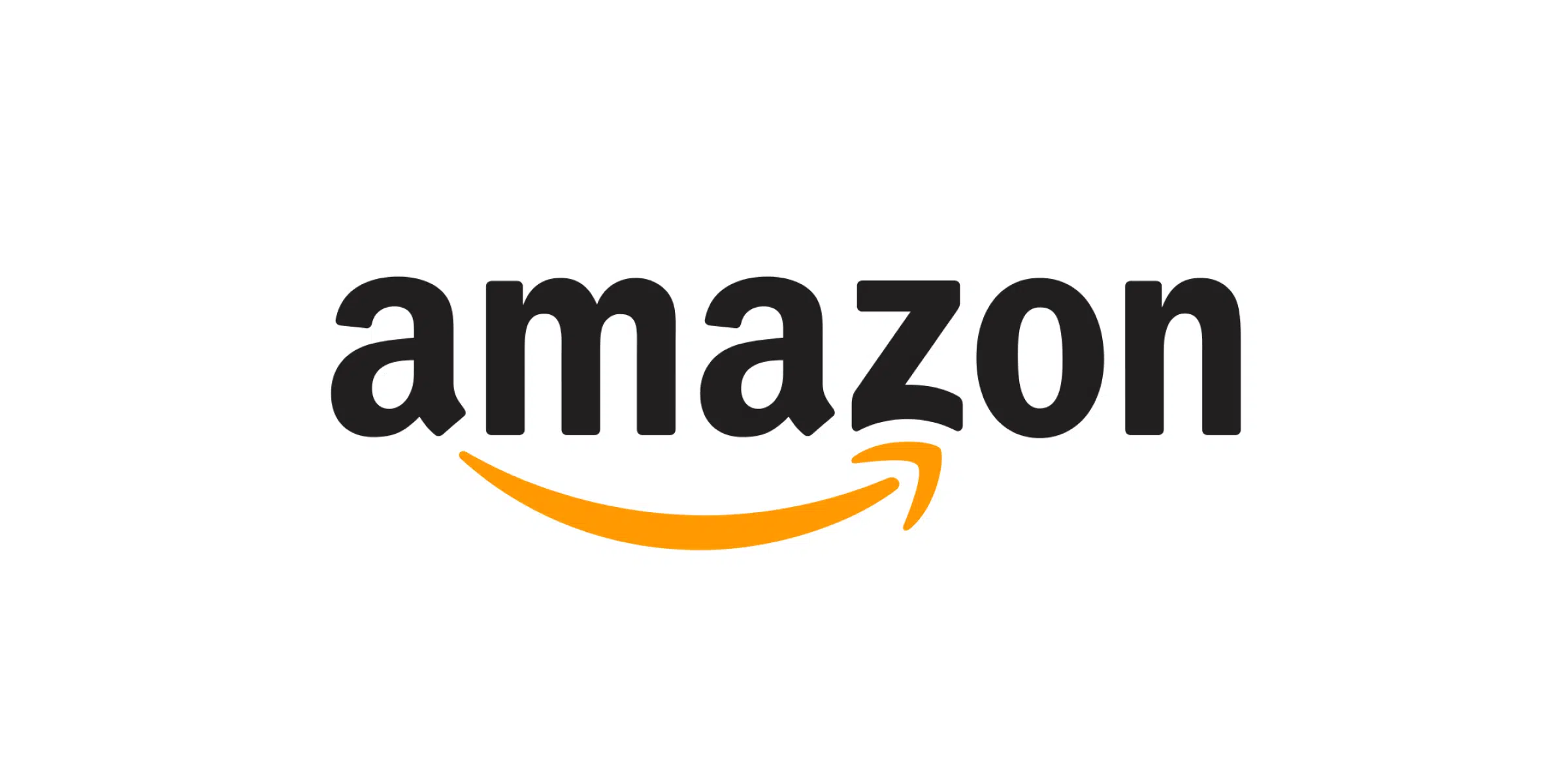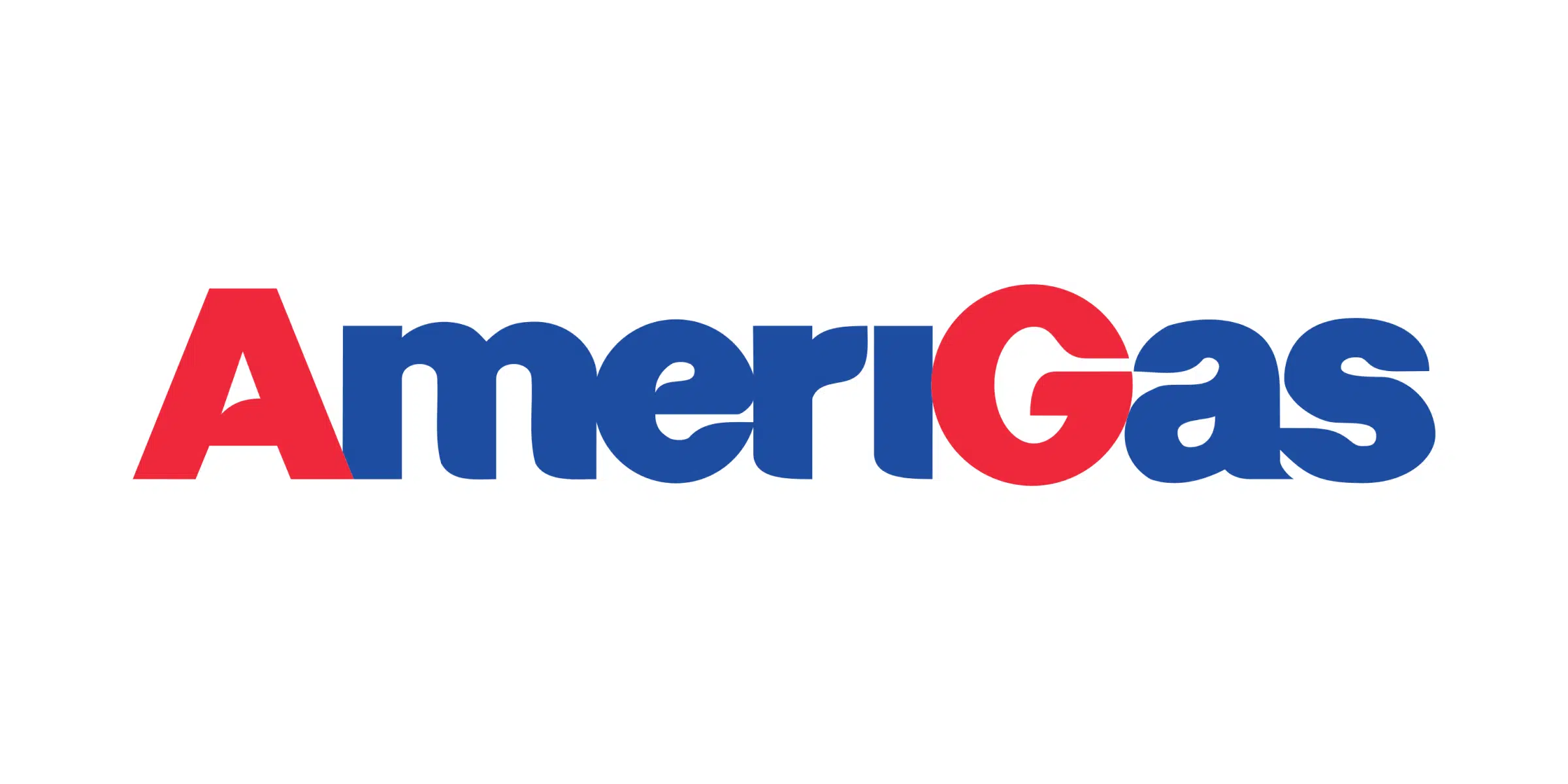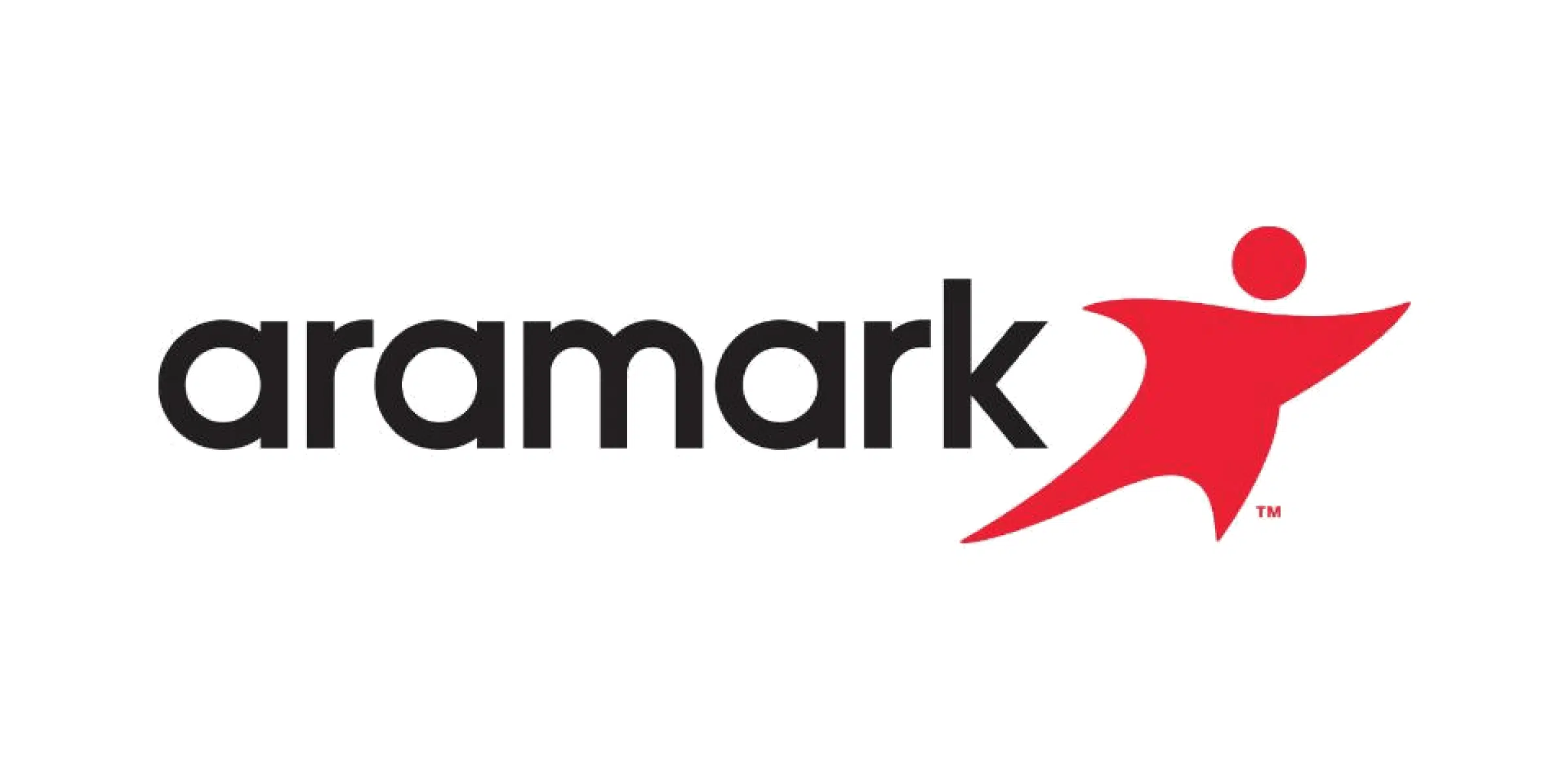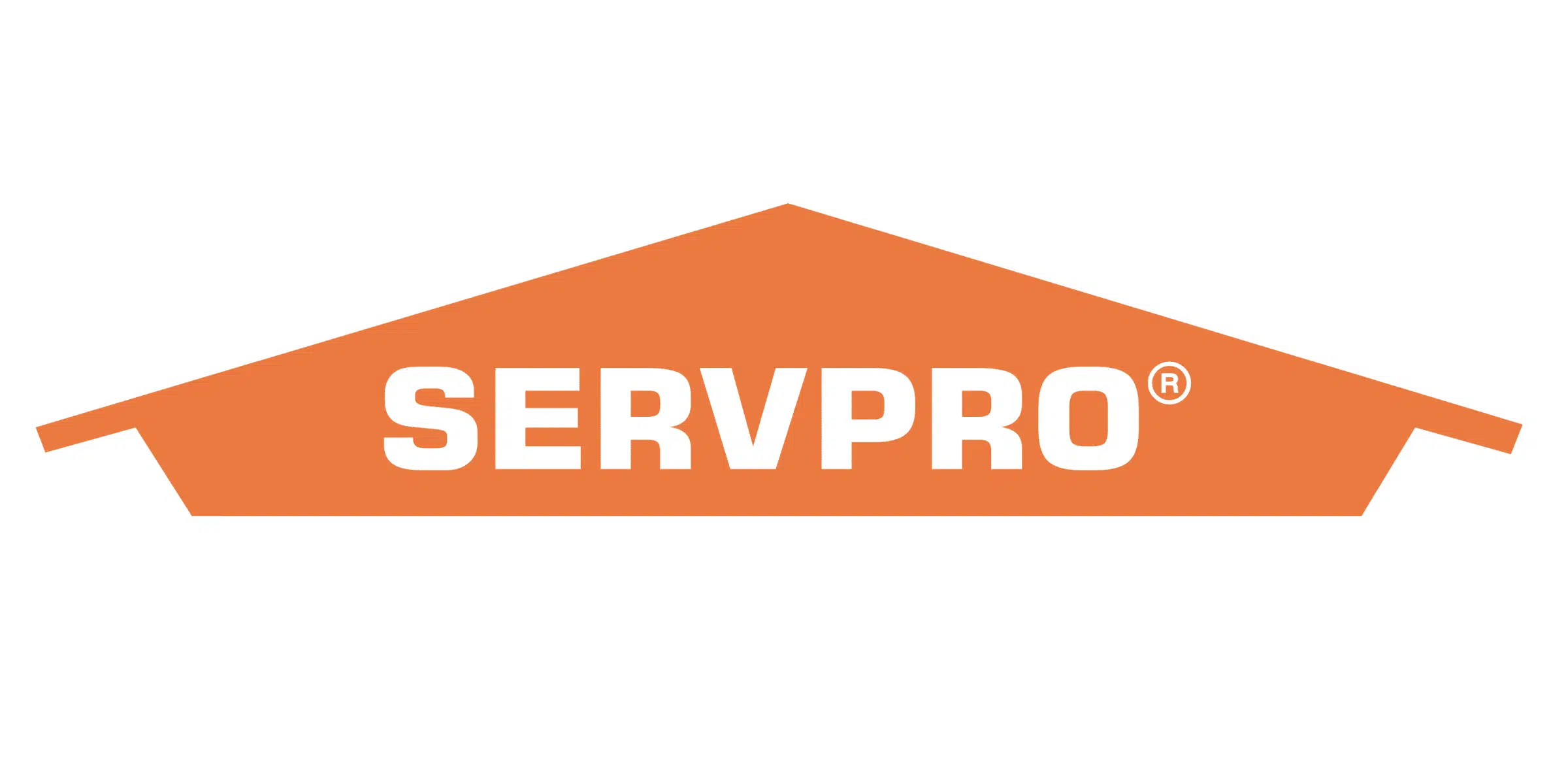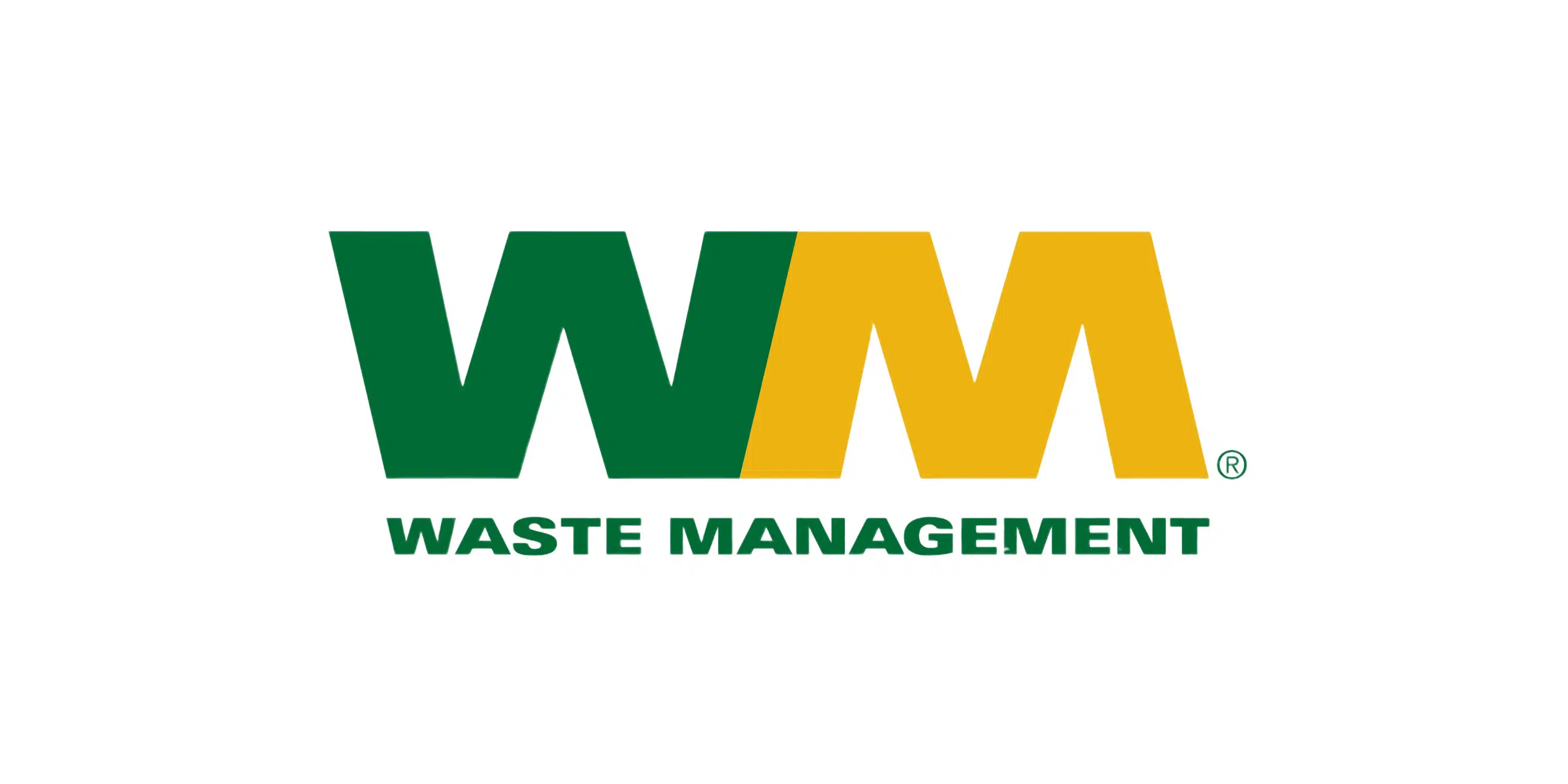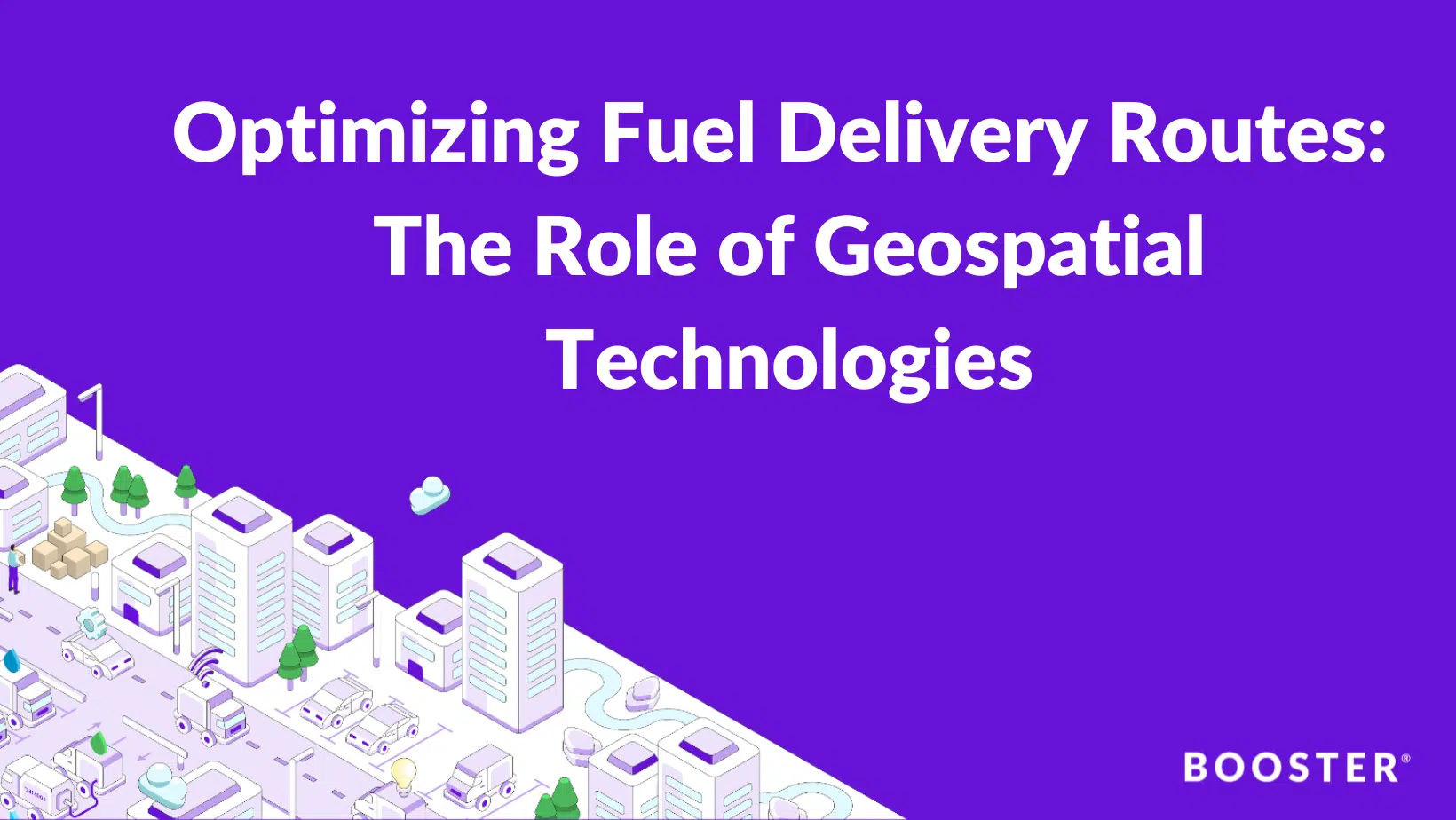
The fuel delivery industry has advanced significantly in recent times, thanks to the integration of technology and efficient delivery methods. Fuel delivery now utilizes simplified routes for maximum efficiency, cost savings, and environmental sustainability. Geospatial technologies such as Geographic Information System (GIS), Global Positioning System (GPS), and remote sensors are used to track fuel delivery status accurately. This article aims to explore the significance of geospatial technologies in fuel delivery routes to improve overall supply chain management.
The process of fuel delivery involves meticulous planning and management of resources to ensure timely, cost-effective, and eco-friendly fuel deliveries. The introduction of geospatial technologies is aimed at reducing fuel consumption, lowering operational costs, and enhancing the overall supply chain performance across the globe.
Components of fuel delivery optimization
Fuel delivery optimization requires different components accommodated together to develop a high-quality, optimized procedure. Several components are accommodated together in fuel delivery optimization; these are:
- Route Planning: One of the most important things that needs to be done for fuel delivery vehicles to reach their destinations. Route planning involves many factors that need to be addressed, such as road conditions, location of the fuel stations, and consumer count.
- Scheduling: Schedule delivery depends upon demand changes, delivery priorities, and vehicle availability in that region. It helps to reduce unnecessary delivery delays and ensures timely deliveries across the country.
- Resource Allocation: Resources given to consumers are based on demands, location, and vehicles for efficiency. It helps in maximizing resource utilization. Moreover, resource distribution helps identify the exact number of vehicles running in the market.
- Real-Time Monitoring: GPS is the ultimate technology that helps to understand the real-time location and status of delivery vehicles. GPS helps make required changes directly, responding to unforeseen conditions such as traffic or accidents.
- Data Analysis: Data analytics, in addition to geospatial technologies, helps analyze the history of delivery data and patterns and produce decisions for route optimization. The commands used in data analytics help make accurate predictions to anticipate future demand and challenges.
- Environmental Considerations: Pollution has always been a problem that needs to be fixed before it becomes hazardous. Taking into consideration environmental factors in route planning to reduce carbon residues and reduce the ecological footprint of fuel delivery operations. It will align with sustainability goals and other requirements.
Fuel delivery route optimization improves efficiency and fuel transfer from one place to another. It contributes to cost savings, reduced environmental impact, and customer satisfaction.
Booster provides an enhanced optimization that ensures timely deliveries, reduces fuel consumption, and minimizes the environmental impact of transportation. Geospatial technologies provide the tools to analyze the data, leading to a better and more sustainable fuel delivery ecosystem.
What Are Geospatial Technologies?
Geographic Information System (GIS)
It is a powerful tool showing all the mapping and analysis of captured/ live recorded data. GIS is the technology that is used to optimize the fuel delivery. It helps visualize delivery routes accurately by identifying issues and other factors that affect transportation. Combining data on roads, traffic intensity, and locations enables companies to make the required decisions that are most efficient for fuel delivery.
Global Positioning System (GPS)
Another high-end technology that is fundamental for live tracking is GPS. It ensures accurate and updated information about the location. GPS helps capture vehicle movements with planned routes in fuel delivery, providing dynamic routes based on live data. This tracking system enhances the perfection of the fuel delivery system and allows live data to be shown.
Remote Sensing
It is one of the most successful technologies that helps get the required results. Remote sensing technologies like satellite imagery and drone surveys help in accumulating valuable data for route optimization. This technology provides insights into terrain, weather conditions, and geographical barriers. After including remote sensing features, many companies can overcome challenges faced in delivery routes by optimizing schedules to avoid harsh weather conditions and road breaks.
Benefits of Geospatial Technologies in Fuel Delivery Optimization
1. Cost Reduction
Geospatial technologies can lead to cost savings by optimizing the fuel delivery feature. The simpler routes lead to fuel savings. It reduces fuel consumption, maintenance costs, and labor charges. Reducing these factors helps companies in achieving cost-efficient delivery processes.
2. Enhanced Efficiency
Geospatial technologies help adjust dynamic routes per the real-time data the devices capture. This adjustment makes the delivery vehicles follow an efficient, more open path. Moreover, Booster’s smart tanker has live tracking functionality to reduce any chances of failure. It improves data efficiency and changes to better customer service with increased productivity.
3. Environmental Sustainability
Reducing fuel consumption not only benefits the individuals but also satisfies environmental safety. Simplified routes mean a lower count of emissions and a minute carbon residue. These technologies contribute to the fuel industry’s broad efforts to reduce the environmental impact.
Challenges In Geospatial Technologies and Fuel Delivery
Data Accuracy
One challenge in optimizing fuel delivery routes lies in the accuracy of the data. Geospatial technologies focus on precise data regarding road networks, traffic conditions, and consumer location. It also ensures the accuracy of the information and delivers it without any issues for successful route planning.
Dynamic Nature
Several factors generally affect delivery routes, like changing traffic conditions and weather patterns. This technology requires changes to the factors that help maintain the routes and optimize them as per requirements. Some advanced algorithms and ML models can enhance the analysis and prediction rate. It gives more accurate and responsive route planning.
Conclusion
Geospatial technologies have emerged as intelligent tools used for optimizing fuel delivery. As the fuel industry grows, cost, efficiency, and sustainability challenges also increase. The combination of GIS, GPS, and remote sensing provides a required solution.
By introducing live data and advanced analytics, many companies have flourished their delivery processes and contributed to a more environmentally safe and excessive fuel supply system. The continuous updation of geospatial technologies and emerging trends like AI promises a future where on-demand fueling optimization becomes successful.
